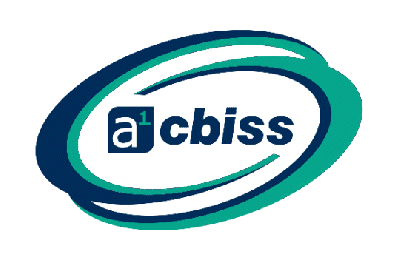We’ve put together seven important factors that are worth considering before, during and after use of gas leak detection equipment.
Whether investing in refrigerant gas leak detection equipment as part of compliance for the F-Gas Regulations or for one of the other many benefits that gas leak detection offers, it is important to be aware of the key factors that can be put in place to help maintain a healthy gas leak detection programme.
1. Reputable leak detection system provider – Before you choose your system provider, you need to be confident that your supplier offers you the right level of service. Unless you know exactly what solution you want, you need a supplier who offers honest un-biased advice to help you identify a product that best suits your requirements. A supplier with good reviews and recommendations from existing customers or industry bodies is a good place to start.
2. Specified and installed correctly – It is almost natural to want to buy a product that ‘everyone else has got’ or the ‘lowest cost for the job’ but it needs to the best fit for you and your application. A good supplier will help specify a product for what the client needs it to do. Your supplier will help identify the best product technology for monitoring the gases for measurement, whether it’s a fixed or portable solution that you need, identify the number of monitoring points, and what inputs & outputs are required. Correct installation plays a big factor in the effectiveness of gas leak detectors working properly. Gas sensors need to be positioned at the correct height (some gases are heavier in weight than others). Once a gas leak detection system has been installed it needs to be fully tested and free from faults.
3. Serviced regularly – Any mechanical device needs to be serviced on a regular basis. Your gas detection system is like your car – it needs to be serviced at least once every year for optimum performance and generally needs a bit of TLC. Gas detection systems need to be calibrated to ensure that levels of gas are measured at the correct levels to give accurate readings. The supplier should be able to offer service support for the lifetime of the product to replace consumables and space parts.
4. User-trained suitably – Once a system has been installed on-site, it is important that engineers on-site know how to use the system for functional checks, alarm status and general fault finding. Ideally your supplier of gas leak detection equipment should be able to provide comprehensive training. The primary purpose of a gas leak detection system is to alarm once a leak has been detected. Each site that utilises gas leak detection should have an on-site procedure to observe in the event of alarm.
5. Back up gas leak detection products – Once a leak has been detected by a fixed gas leak detection system, the job of a service engineer is to pinpoint the leak for repair using service tools such as portable gas leak detectors. Portable gas leak detectors are also used as part of the annual service check or for compliant mandatory checks under F-Gas Regulations. The portable gas leak detectors are used by service engineers to check for leaks along pipe work and joints for refrigerant loss.
6. Follow compliance guidelines – The F-Gas Regulations will have a greater impact on the ACR industry from 2015 than ever before. It is the individual sites responsibility to comply with legislation so sites must be up to date with the latest F-Gas Regulations and what that means to your company. Refrigerant gas leak detection equipment suppliers will have an understanding of what the guidelines are and how this affects supply of such products.
7. Give/share feedback – The ACR industry can only evolve with feedback from the people actually using the products and services. Get social and share your experiences on LinkedIn




